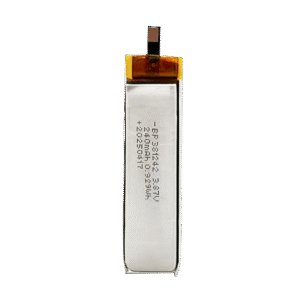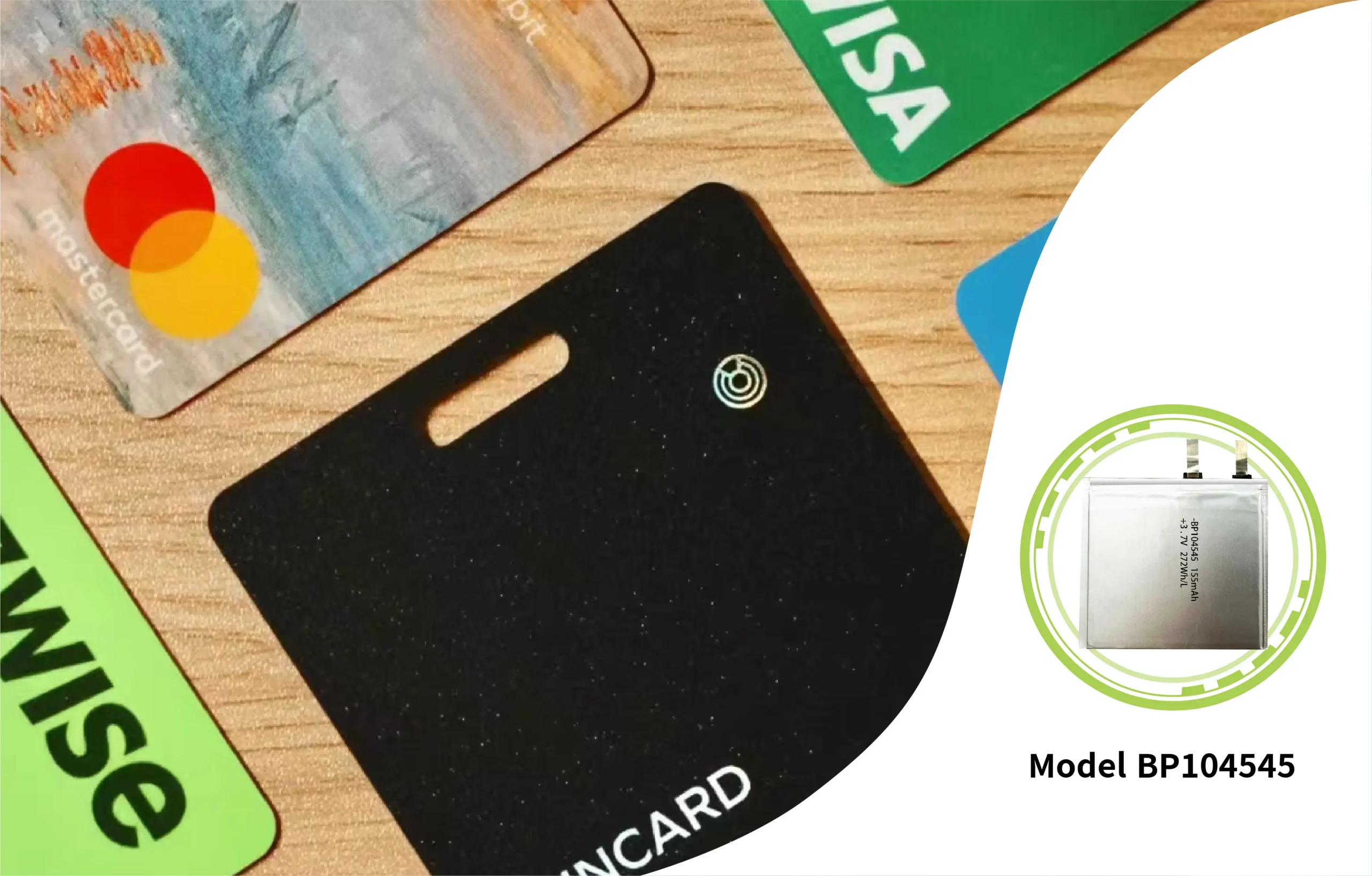Challenges Faced by Our Client
Limited Space Design
The client struggled to fit a battery into their smart glasses because the internal space was extremely tight. Standard batteries either didn’t fit or interfered with other key components like displays, sensors, and processors.
High Energy Density Requirements
Although the device was small, the client still needed a battery that could deliver enough power for long usage and demanding functions such as AR/VR displays and continuous sensor operation. Meeting this requirement within the tiny space was a major challenge.
Design and Weight Constraints
The client faced difficulties ensuring the battery was light and well-balanced. Heavier or poorly shaped batteries could make the glasses uncomfortable to wear and affect the user experience.
Heat Dissipation Issues
With so little room inside the glasses, the client worried that the battery would overheat, potentially affecting performance, safety, and lifespan.
Customization Challenges
The client found it hard to source a battery that could match the glasses’ unique shape and dimensions. Off-the-shelf solutions simply could not meet their needs.
Time-to-Market Pressure
Battery integration problems were slowing down the client’s development schedule. They needed a solution quickly, or the product launch could be delayed, affecting competitiveness in the market.
A Sneak Peek at Our Custom Battery Solutions
Before diving into how we addressed the challenge, here’s a closer look at the battery solutions we designed. This showcase the compact form and precise engineering that make our custom batteries a perfect fit for space-constrained smart glasses.
How We Help Client Overcome Smart Glasses Battery Fit Issues
Assessment of Space Constraints
We began by analyzing the smart glasses’ internal layout to understand the space constraints. The compact design left very little room for a battery, with critical components like the display, sensors, processors, and wiring densely packed.
Using detailed 3D models from the client, we measured each compartment to map available space and identify potential conflicts with standard batteries.
We also considered how battery placement would affect ergonomics and user comfort, including thickness and weight distribution. This spatial analysis allowed us to design a battery that fits perfectly without compromising functionality or comfort.
Battery Requirement Definition
After assessing the space constraints, we collaborated with the client to define the battery’s exact energy requirements, including capacity, power output, and usage duration to support high-demand applications like AR/VR displays, real-time sensors, and continuous wireless connectivity.
We also accounted for peak power and discharge rates to ensure consistent performance without overheating or unexpected shutdowns. Defining these requirements upfront allowed us to design a battery that meets both functional and user experience goals.
Custom Shape Design
With a clear understanding of space and power needs, our engineering team designed a trapezoid-shaped battery that would perfectly fit the internal contours of the glasses.
The trapezoid design allowed us to maximize usable volume within the constrained space while avoiding interference with other components. Using advanced CAD tools, we modeled different trapezoid configurations to ensure that every millimeter of space contributed to usable capacity. This approach effectively eliminated wasted space and enabled a high-capacity battery despite the compact device size.
Weight and Balance Optimization
To maintain comfort and usability, we optimized the battery’s weight and distribution. A poorly balanced or heavy battery could make the glasses uncomfortable or cause them to tilt during wear.
Our team selected lightweight materials and carefully adjusted the battery’s geometry to evenly distribute weight, ensuring that the final product felt natural and stable when worn. This step was crucial for a positive user experience.
Rapid Prototyping and Iteration
Once the custom design was complete, we produced prototypes for real-world testing. These were fitted inside the smart glasses to evaluate fit, performance, and comfort.
Feedback from these tests guided iterative adjustments—slightly modifying the shape, thickness, or placement—to achieve a perfect balance between capacity, fit, comfort, and thermal performance. This rapid prototyping cycle ensured that the client received a solution optimized for both function and user experience.
Final Integration and Delivery
After rigorous testing and refinement, the custom battery solution was finalized and integrated into the glasses.
The client received a battery that fit precisely, maximized energy capacity within the limited space, maintained comfort and balance, and met all performance and safety requirements. This solution enabled the client to stay on schedule for product launch while overcoming the original fit challenges completely.
Successful Outcome We Have Achieved
By engineering a custom trapezoid-shaped lithium battery, LanDazzle turned a critical design obstacle into a competitive advantage for our client.
Our team’s precise space analysis, high-density energy design, and rapid prototyping ensured zero wasted space, all-day power, and seamless integration without compromising comfort or safety.
This project not only enabled the smart-glasses launch on schedule but also demonstrated how LanDazzle custom battery solutions can unlock new possibilities for next-generation wearable technology.
Every product is unique—let LanDazzle create a battery that perfectly fits your design.
Contact us today to get a free consultation and explore how our custom battery solutions can bring your devices to life.


Related Articles:
Custom 1mm Ultra Thin Battery Enables High-Performance Smart Cards
Custom Curved Lipo Battery Solves Space Challenge in Smart Rings
Custom High Energy Density Battery: LanDazzle Hits 778 Wh/L for Wireless Power Bank
Prismatic vs. Round Batteries: How We Increased Capacity for Smart Watches
50% More Battery Space: How LanDazzle Optimized Early Education Robots




